
miscanthus
Plant counting and plant density mapping tool
AI-powered tool available for Miscanthus growers & researchers
Compatible with several Miscanthus giganteus genotypes, gono.ai is regularly updated to enhance its accuracy and adaptability to new varieties and environmental conditions.
count
gono from the Bengali term gonona, to count.
gono.ai is a cutting-edge, AI-based system designed to automate the detection and counting of Miscanthus x giganteus plants from high-resolution UAV imagery. It provides a precise assessment of establishment success, overwintering survival and crop persistence across multiple growing seasons, summarising the results in an easy-to-read heat map.
gono.ai supports all growth stages of Miscanthus and also delivers early yield estimates months in advance – empowering growers to monitor, forecast, and optimize crop performance with confidence.
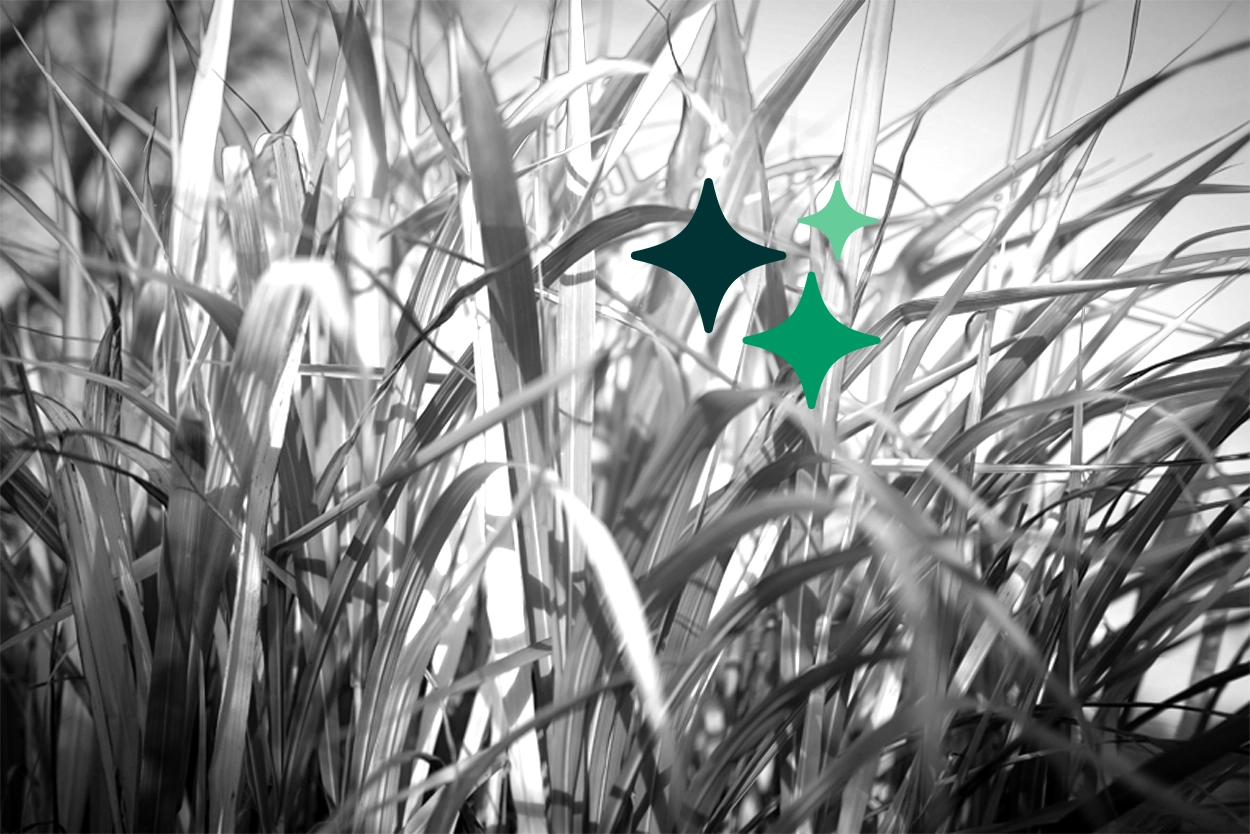
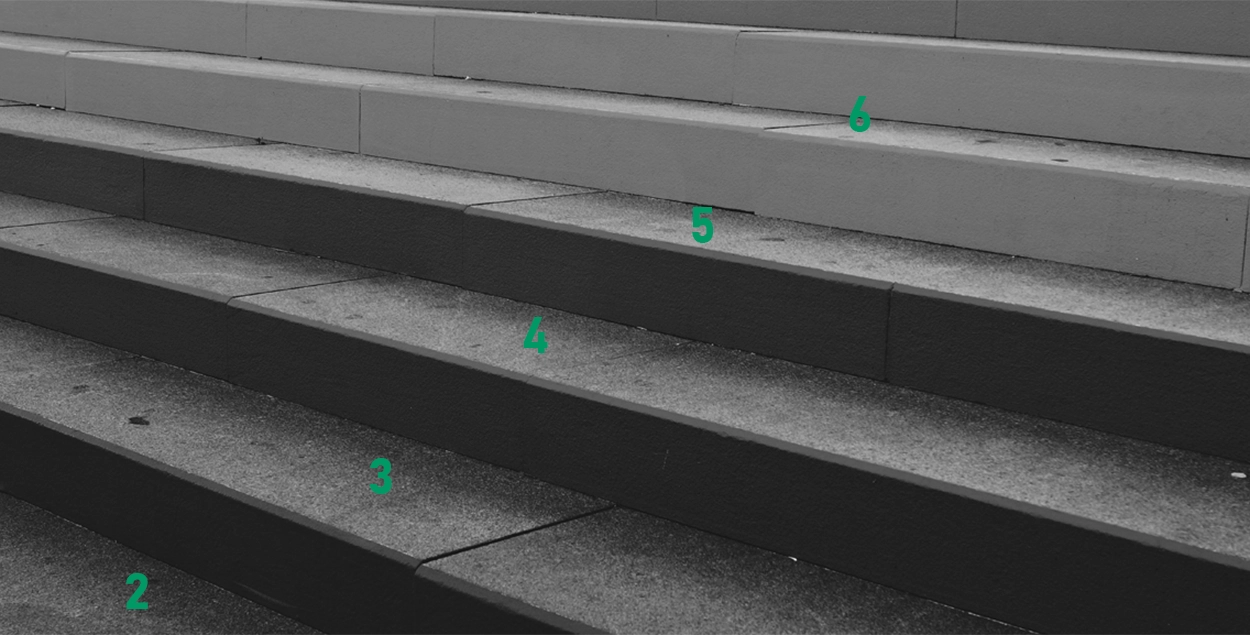
6 steps
gono.ai processes raw UAV images in a staged pipeline.
- Images are orthorectified to real-world coordinates.
- Mosaics are divided into small image chips.
- The AI model detects individual plants in the chips.
- All plant detections are combined to map the whole field.
- Plant density maps are generated
- and benchmarked against target establishment densities.
NDVI
Normalized Difference Vegetation Index (NDVI)
Through multispectral drone-based remote sensing calibrated with ground-data, gono.ai can estimate Miscanthus biomass yields months before harvest.
The model shows a strong correlation between NDVI and biomass yield in the first year of establishment.
In the following years gono.ai is able to distinguish between stem and leaf components and confirms NDVI as a reliable proxy for field biomass measurements.
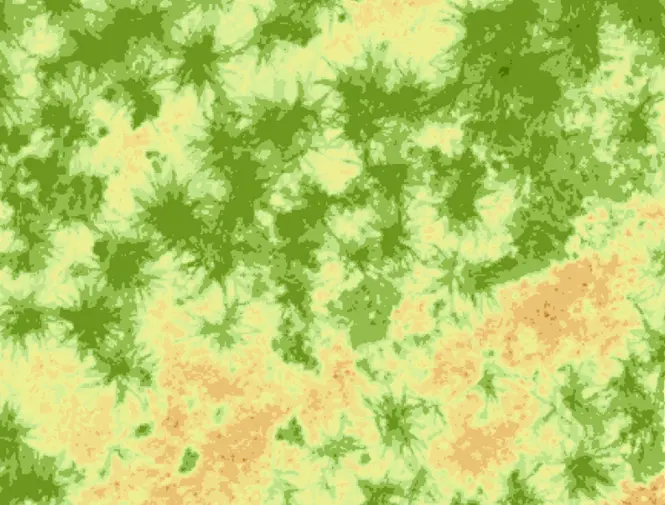
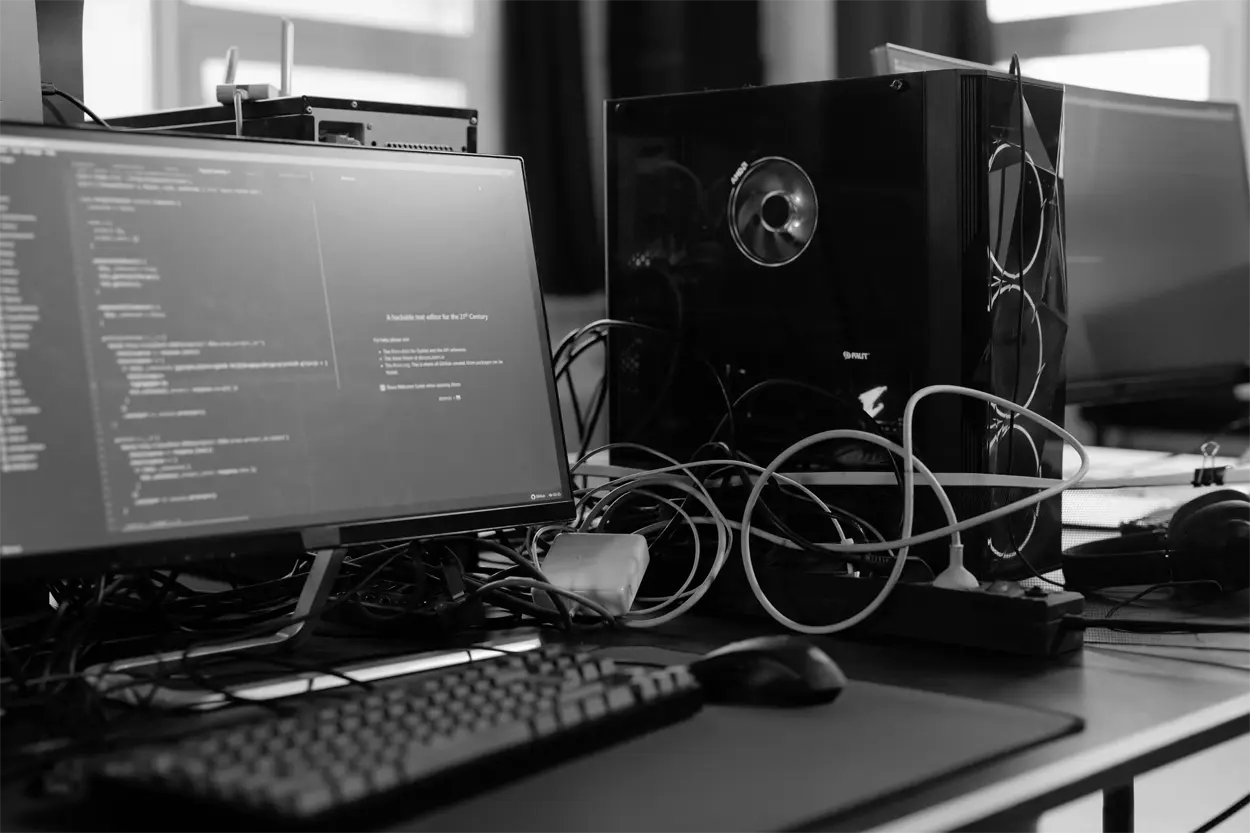
system
gono.ai provides a comprehensive set of tools for data analysis via python scripts and jupyter notebooks.
The users input high resolution drone data (JPG) and accurate field boundaries (in Shapefile, KML, or KMZ formats), and receives:
- Plant centroids for counting
- Establishment density maps
- Printable field maps
- Histograms of plant density (.png & .csv)
These outputs are compatible with GIS and web mapping platforms, facilitating integration into broader crop monitoring systems.
gono.ai runs in a GPU-accelerated Docker environment (Ubuntu with NVIDIA TITAN RTX), using PyTorch Lightning and CUDA.
R&D
Optimising Miscanthus Establishment through improved mechanisation and data capture to meet Net Zero targets.
The development of gono.ai was part of the OMENZ project.
Sponsored by the UK Department for Energy Security & Net Zero (DESNZ) under the Biomass Feedstocks Innovation Programme, it supports the development of commercially viable innovations in sustainable biomass production.
gono.ai is maintained by Terravesta, a leading company in Miscanthus supply chain solutions and was developed in collaboration with Dr. Toby Waine, Dr. Daniel Simms, and Dr. John Beale at Cranfield University.
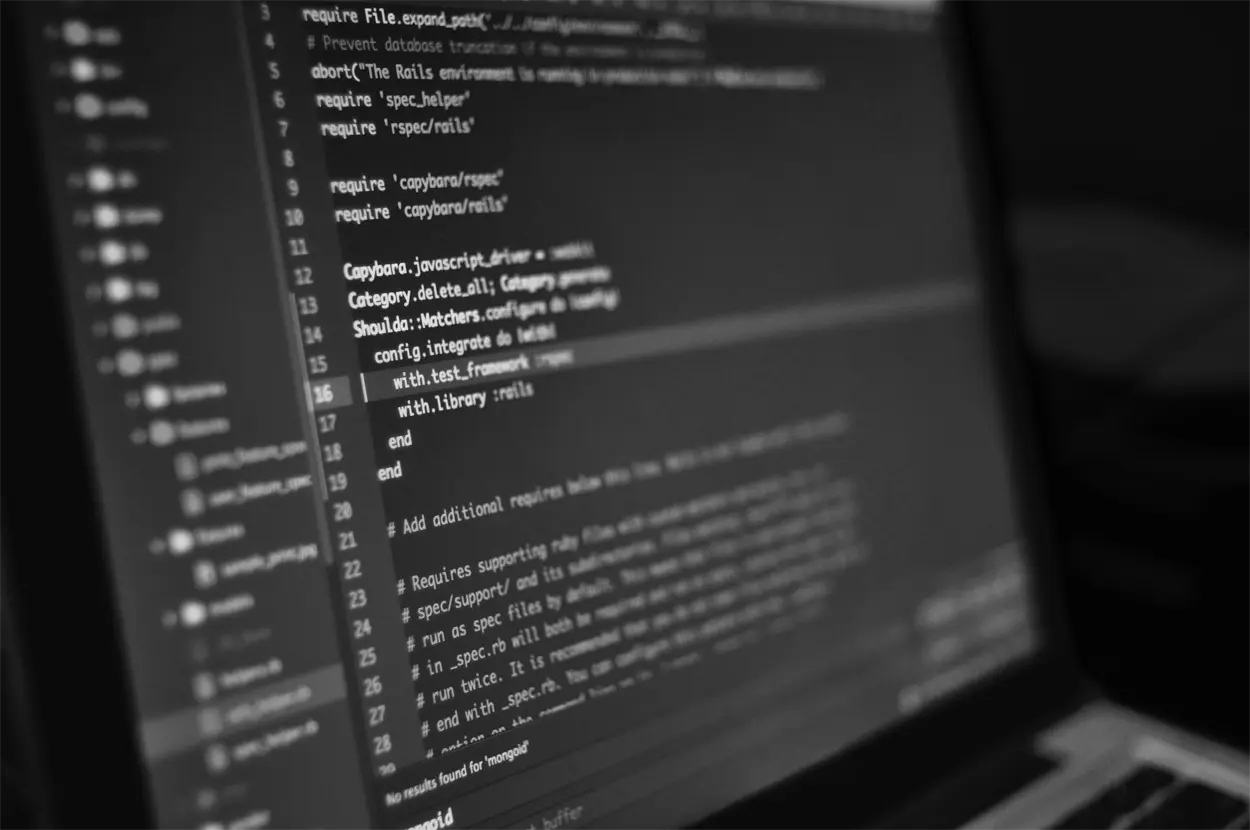
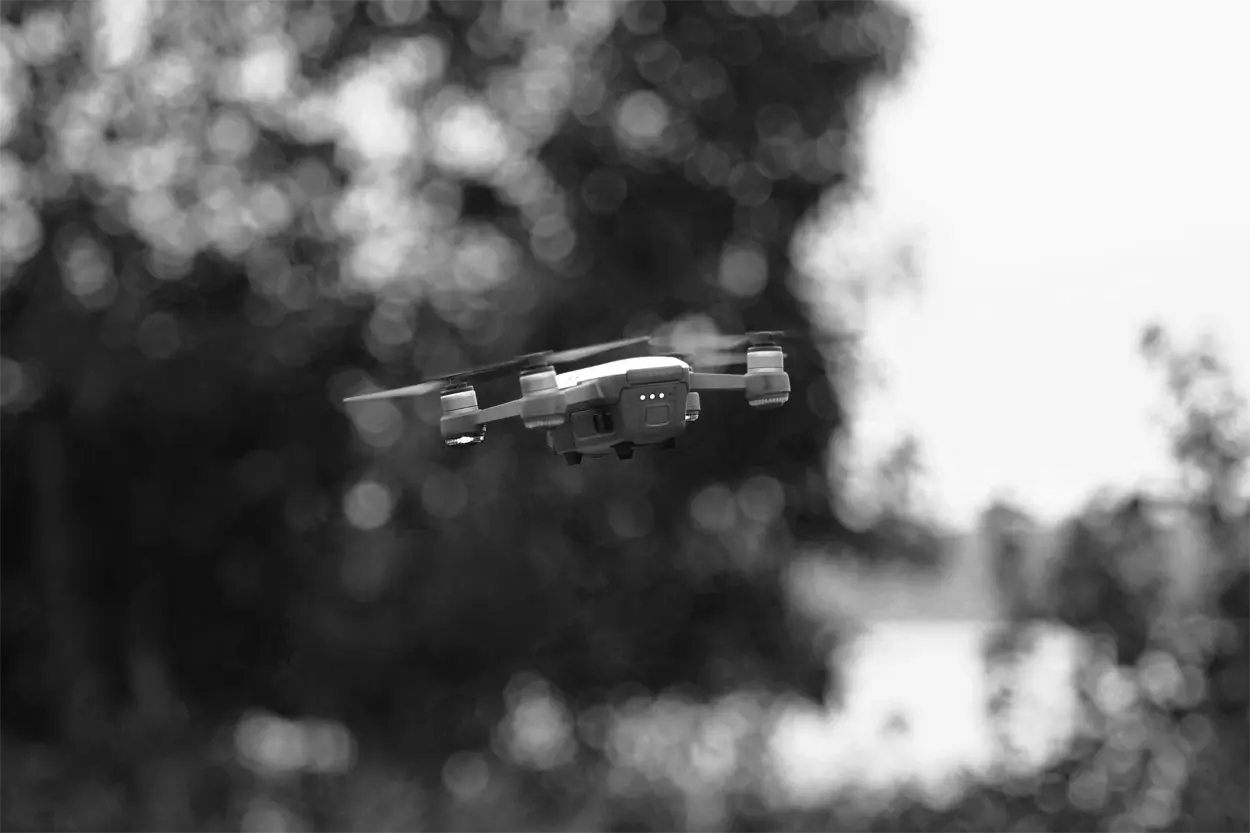
specs
Camera
- RGB with visible spectrum 3-band images
- Optional multispectral (near-infrared) for NDVI yield estimates
- Image sensor of approx. 20 Megapixels
Example drone models
- DJI Phantom 4
- DJI Mavic 3 with RTK GPS
Flight path
- Image overlap 80% front and side lap
- Flight height 40-80 m (depends on camera)
- GPS error below 5m
- Ground sampling distance (GSD) 1-2 cm
- or use our OSD Flight Height Calculator
WaypointMap.com (and similar apps) are suitable. Premium features are required to export .KMZ files, adjust flight height to terrain elevation and capture pictures at every waypoint.
Timing
- Best when plants are fully grown – end of summer
- Earlier images might miss smaller hidden plants
- Very good also at full senescence – early winter
FAQs
How can I get in contact?
We’re really keen to hear from you! We love finding out about your Miscanthus project, and we’re happy to meet other people who are also interested in it. Write us an email info @ gono.ai
Is it free of charge?
Yes, analysing your drone images for a single field is free of charge. However, if you require analysis of more areas, we may wish to make you an offer to contribute towards the costs.
Does it work with other crops?
Probably not. We haven’t tested it, but most probably it would just see other plants as weeds and ignore them.
Can I buy the system?
Let’s have a chat. We rather work on an API making sure the captured data is fed back to our model improving its accuracy.
Are all Miscanthus genotypes covered?
No, there are thousands of them, and more are being discovered and bred. We add new ones to the model as we get the chance.
I do Miscanthus research, I require some precise crop monitoring.
We’d really like to hear from you. That’s what this project is all about. Write us an email info @ gono.ai
